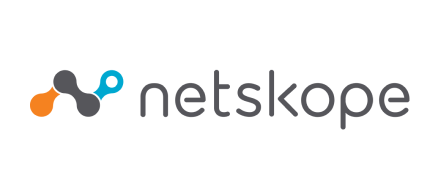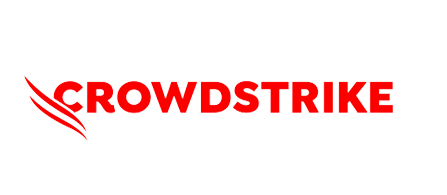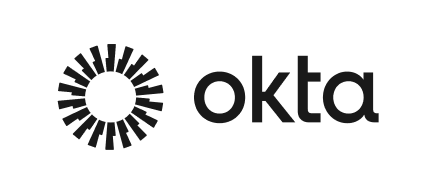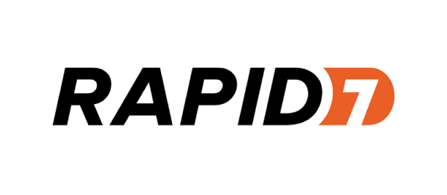Intelligence at scale
With 7 billion signals processed daily to inform our insights, we know what it takes to prevent breaches and minimize risk.
Stop advanced BEC attacks missed by traditional email security — trusted by over 42,000 customers.
Explore Now








People are the lifeblood of every organization: but they’re also our greatest source of risk.
And as a result of their critical role in our organizations, they have access…
to financial data, source code, and intellectual property.
INTRODUCING
Mimecast's integrated human risk management platform, built on a central risk engine,
is designed to prevent the evolving and sophisticated threats targeting
human error within organizations.

With 7 billion signals processed daily to inform our insights, we know what it takes to prevent breaches and minimize risk.


Mimecast blends advanced AI with proven defenses to deliver industry-leading protection against emerging threats.
Mimecast is proud to protect and support 42,000+ organizations globally, helping them navigate the ever-expanding threat landscape since 2003.


Mimecast supports customers around the globe through a vast network of resellers, distributors, and managed service providers.

Our technology alliance partners help customers bring together some of the world's leading cybersecurity platforms to make integrated, AI-powered security a reality.




